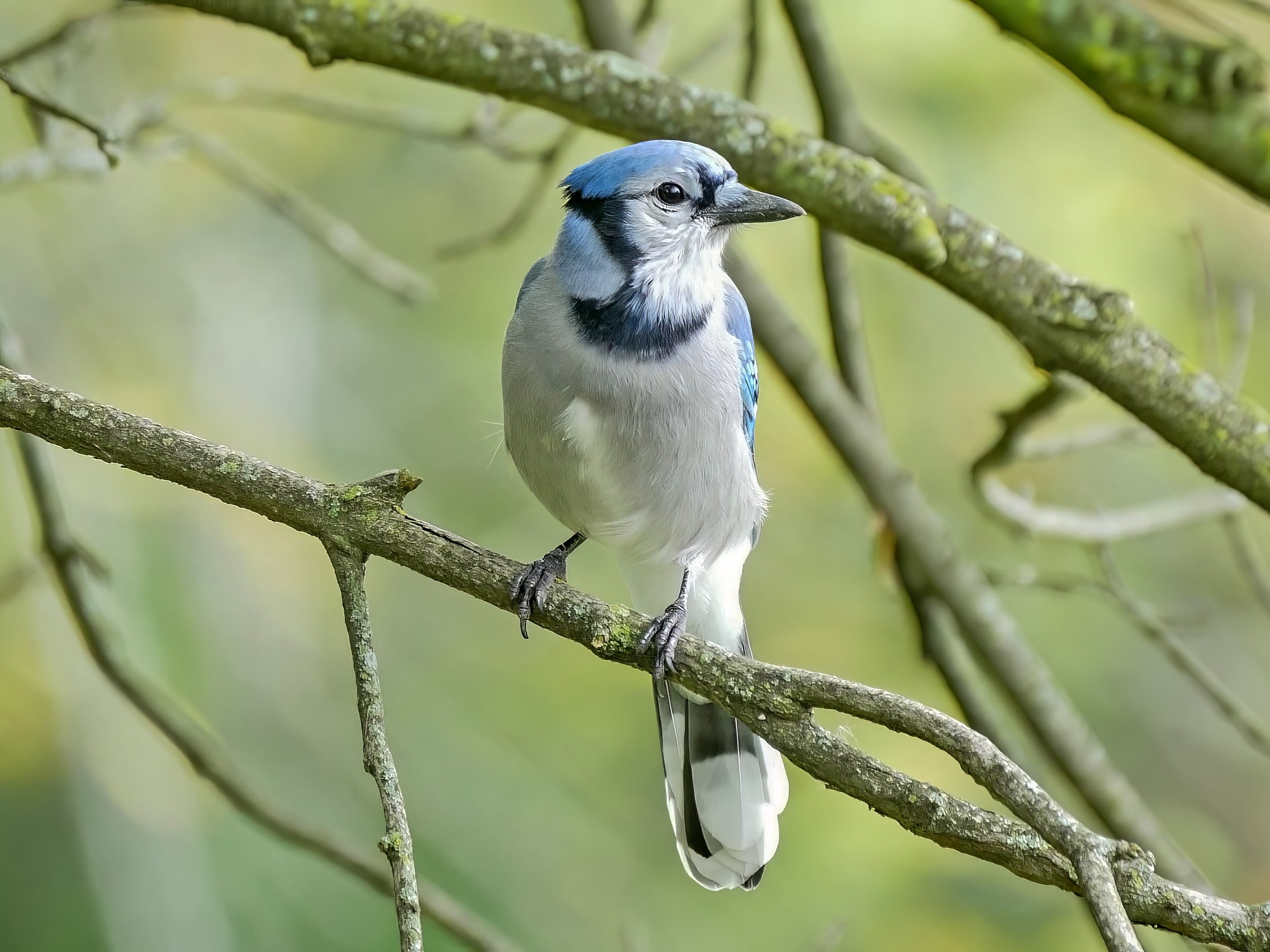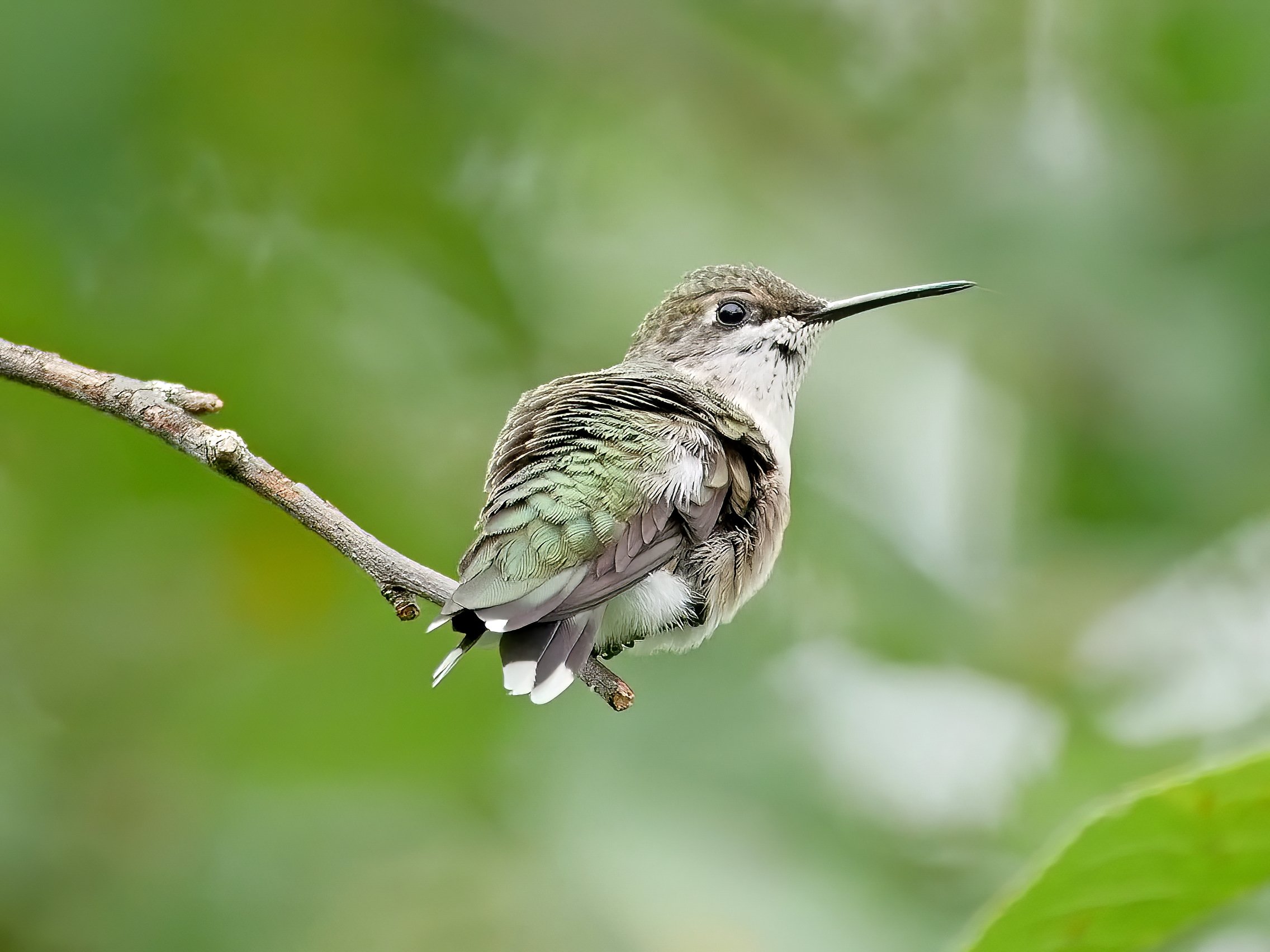How to Identify Birds
Spring migration is underway, meaning many new birds will be arriving soon. But Dexter, how can we tell one bird species from another? Identifying birds initially seems daunting, but with some practice and patience, anyone can learn to recognize the different species that visit our backyards, parks, and favorite natural areas. In this blog post, I will share some tips and tricks to help you get started on your bird identification journey.
The first thing you need is a good field guide or online resource showing pictures and descriptions of the birds you will likely encounter in your area. You can find many options online, such as The Cornell Lab of Ornithology All About Birds or my friend David Sibley’s Field Guide to Birds. You can also download apps like Merlin for your smartphone to help you identify birds by their appearance and sounds.
Once you have a field guide or online resource of choice, you can go outside and look for birds. Here are some steps to follow when you spot a bird:
Pay close attention to the bird’s shape and size. Compare it to a familiar bird, such as a robin or a sparrow, and note if it is larger or smaller. Also note the shape of its bill, tail, wings, and legs. For example, a woodpecker has a long, pointed bill, a stiff tail, and short legs, while a duck has a flat bill, a long tail, and webbed feet.
Observe the bird’s color pattern. Note the overall color and any unique patterns or markings it may have. Look for prominent patches of bright color, such as on the head, breast, wings, or tail. For example, a cardinal has a bright red body and crest, while a blue jay has a blue back and wings with black and white stripes.
Watch the bird’s behavior. Note how it moves, flies, feeds, and interacts with other birds. Some birds have distinctive behaviors, such as bobbing their tails, hovering in the air, or walking on the ground. For example, a hummingbird can hover and fly backward, a crow can use tools, and a starling is skilled in mimicking sounds.
Listen to the bird’s voice. Note the type, pitch, rhythm, and quality of its calls or songs. Some birds have very distinctive vocalizations that can help identify them. For example, a chickadee has a clear “chick-a-dee-dee-dee” call, while a mourning dove has a soft “coo-coo-coo” sound. The Merlin App can also help you ID these sounds.
Consider the bird’s habitat. Note where you see the bird and what vegetation or water sources are nearby. Some birds are restricted to specific habitats, such as forests, wetlands, or grasslands. For example, a Wood Thrush prefers moist deciduous forests with leaf litter, while a Killdeer prefers to lay its eggs in open fields with gravel or mud.
Check the bird’s season and range. Note the time of year and the location where you see the bird. Due to migration or breeding, some birds are only present in certain areas during certain seasons. For example, many Warblers migrate through the northern regions during the spring and fall months, while a Snow Bunting is only found in the northern areas during the winter months.
Using these steps and your field guide, Apps, or online resource, you should be able to narrow down the possible options and identify most of the birds you encounter. However, don’t be discouraged if you can’t identify every bird immediately. Give yourself grace; you don’t need all the answers. Sometimes you may need more time or more clues to make an identification. You can also ask for help from other birders or experts in the birding community who can offer their opinions or confirm your guesses.
Identifying birds can be challenging, but it is fun and rewarding. It’s also beneficial for both you and the birds. You can appreciate their beauty and diversity more deeply by learning more about the birds around you. You can also contribute to citizen science projects that collect data on bird populations and distributions, which can help conservation efforts. Last month we discussed how birding could improve your physical and mental health by encouraging you to spend more time outdoors in nature and enjoy birds.
I hope this blog post has inspired you to start or continue your birding adventure. Remember that birding is a lifelong learning process that requires curiosity and enthusiasm, not expertise. The more you practice and observe birds, the more confident and skilled you will become.
Are you looking to join a birding community and learn more about birds? Attend our monthly events, join our private Facebook Group and signup for our monthly email newsletter. Happy birding, friends!



